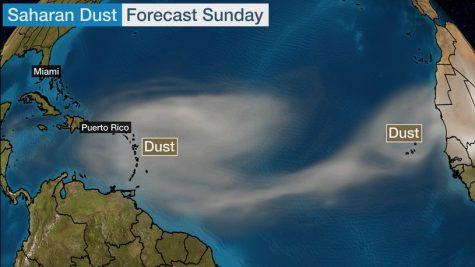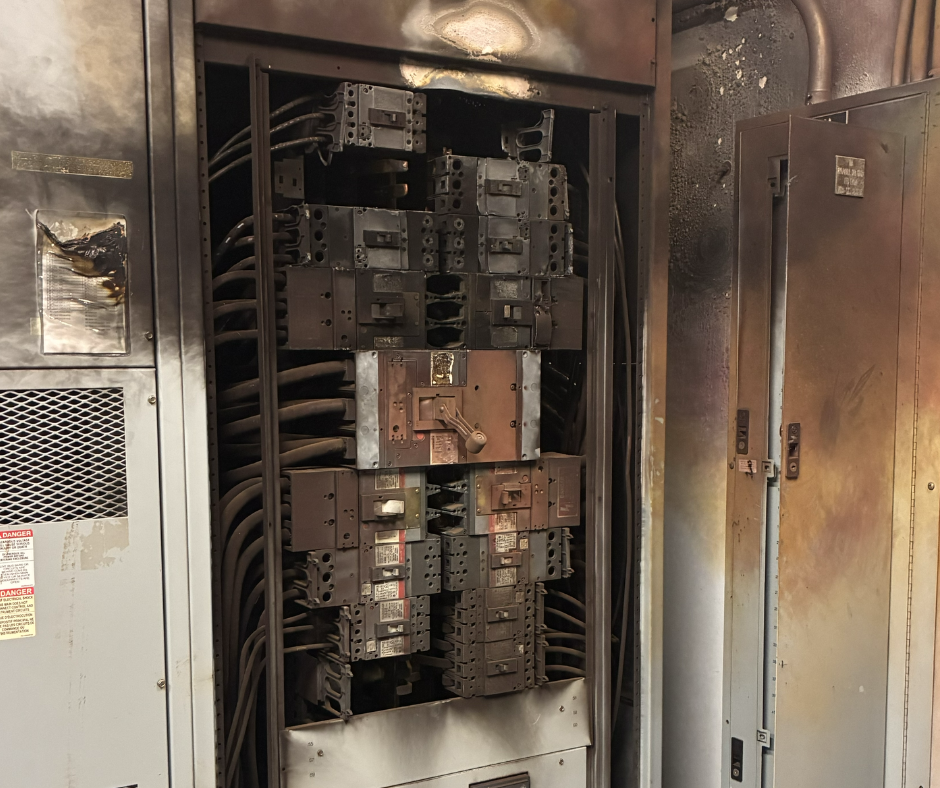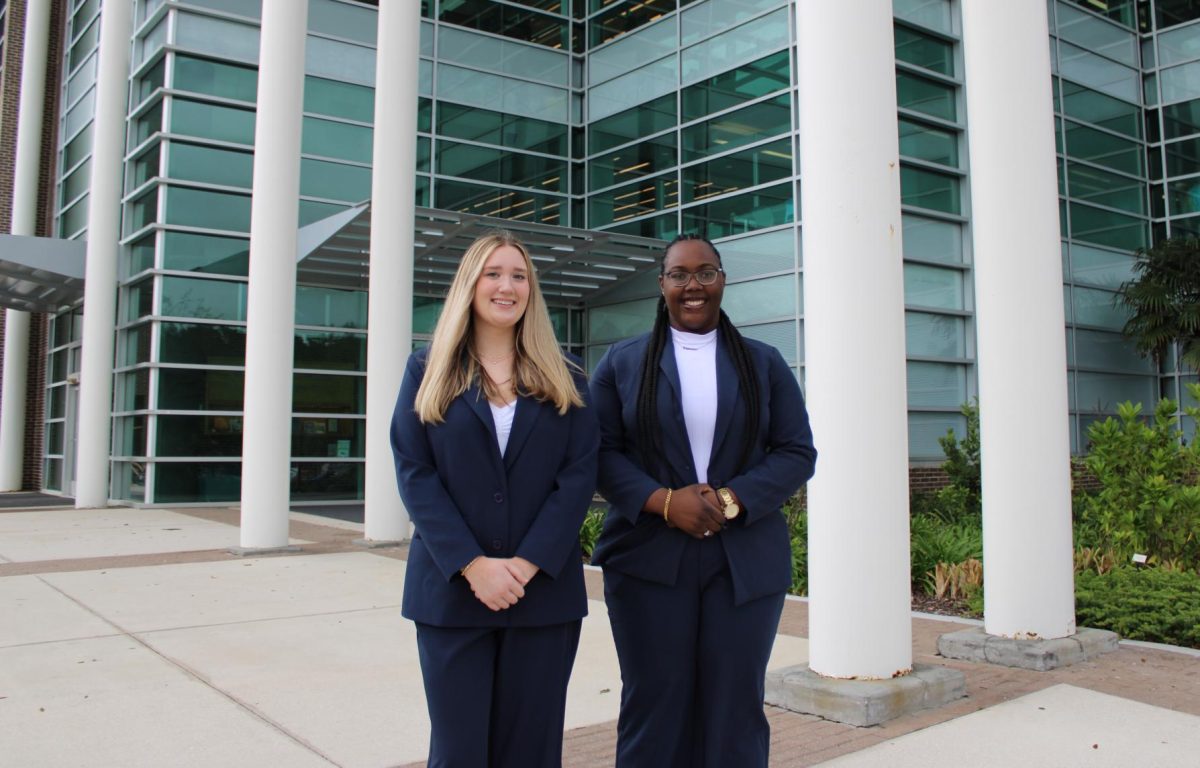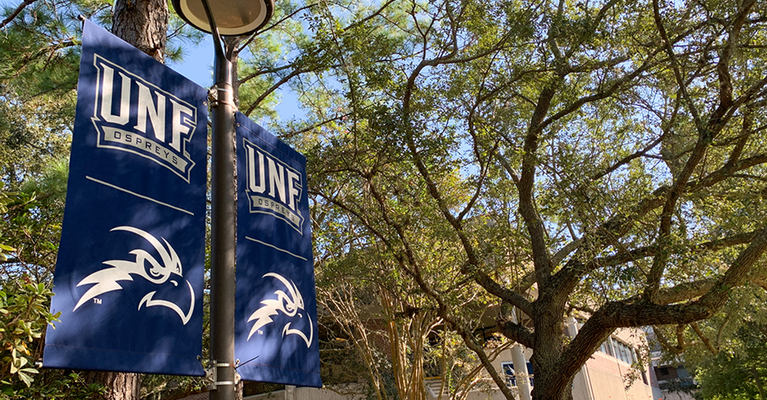As if 2020 hasn’t been eventful enough through the first five-and-a-half months, meteorologists nationwide predict an above average hurricane season this year.
In May, the National Oceanic and Atmospheric Association (NOAA) predicted that this year we would likely see between 13 and 19 named storms, with three to six of those expected to become major hurricanes.
Dozens of factors play into the number of hurricanes in a season and their severity including ocean surface temperature, which meteorologists believe played a role in the active start of the hurricane season.
“This year the ocean never really cooled off,” said News4Jax meteorologist, Rebecca Barry. “We certainly saw that with the early start… the two preseason storms and one right when the season started.”
On June 1, the official beginning of hurricane season, Tropical Storm Cristobal formed over the Yucatan Peninsula, making it the earliest third named storm in the Atlantic.
The southeastern United States usually bears the brunt of hurricane season. In recent years, states including Louisiana, Texas and Florida have all seen catastrophic damage in some areas.
The relatively quiet few weeks following Cristobal can largely be attributed to a large cloud of dust travelling across the Atlantic in the atmosphere. The dust is drier than the tropical air, hindering the formation of hurricanes in the Atlantic.
That dust cloud, known as the Saharan Air Layer (SAL) is expected to arrive in the United States next week Tuesday.

COVID-19 adds a new layer of worries for those at risk of being displaced by hurricanes this year.
John Ward, director of Emergency Management in Clay County spoke to News4Jax about the concerns. In previous years, local communities would open three or four larger shelters such as school gymnasiums and ask people to relocate there.
This year, Clay County plans to open 20-30 smaller locations to avoid forcing potentially hundreds of people into one enclosed space. Other precautions may include temperature checks before being allowed into a shelter and having at least one shelter designated for those showing symptoms of the virus.
The American Red Cross urges the public to stay prepared and provides tips for preparing for disaster amid the pandemic.
___
For more information or news tips, or if you see an error in this story or have any compliments or concerns, contact editor@unfspinnaker.com.











